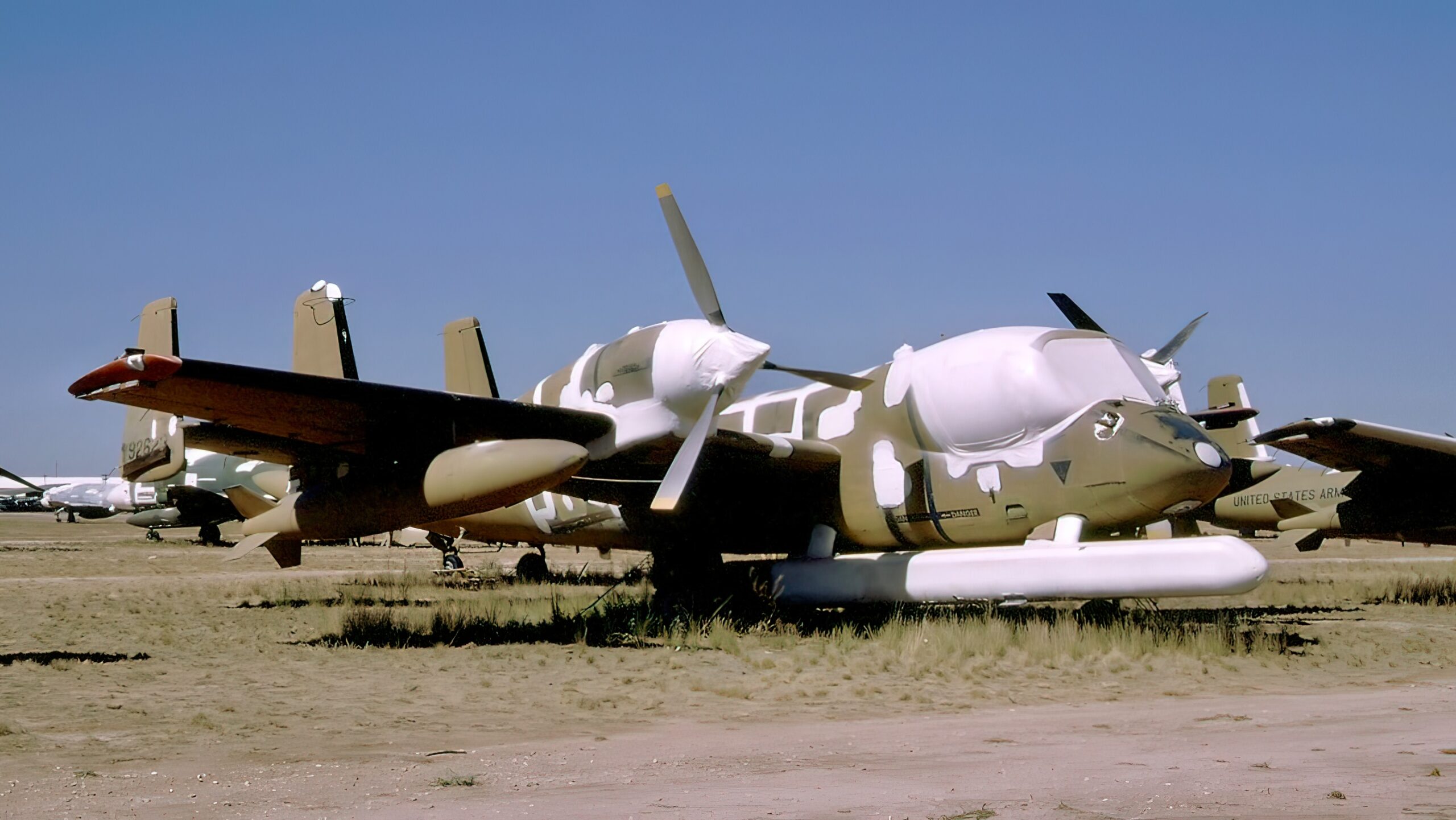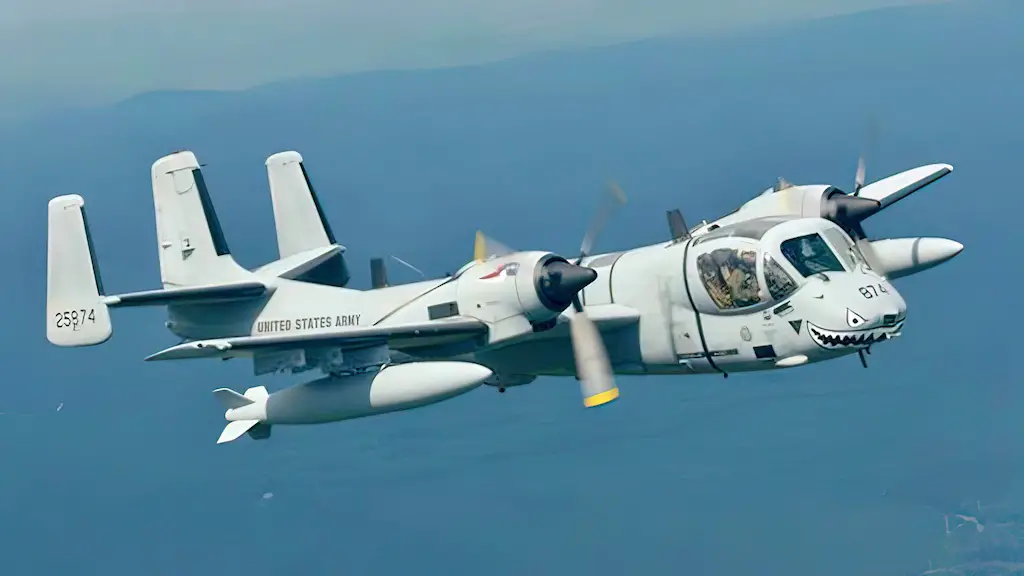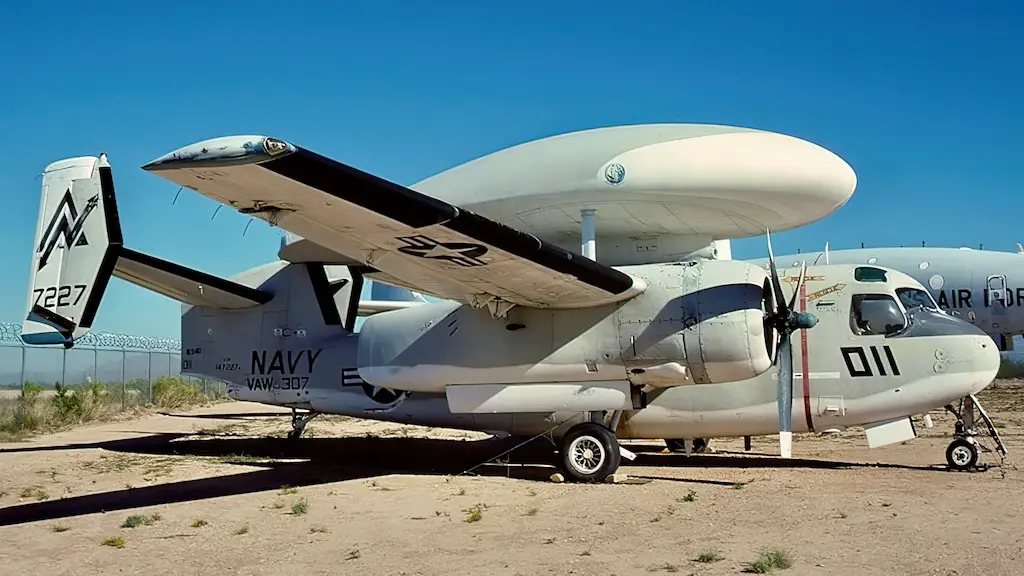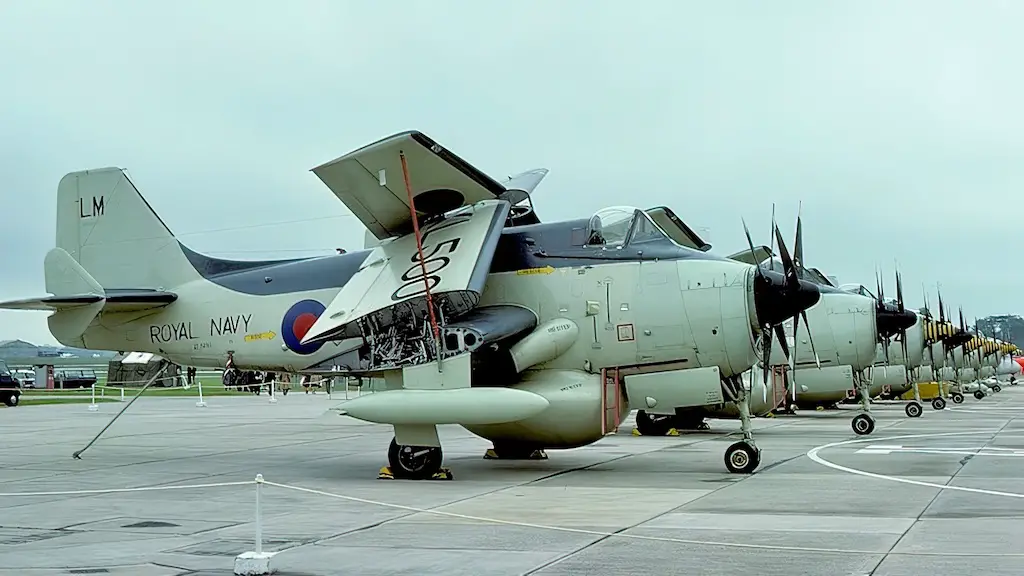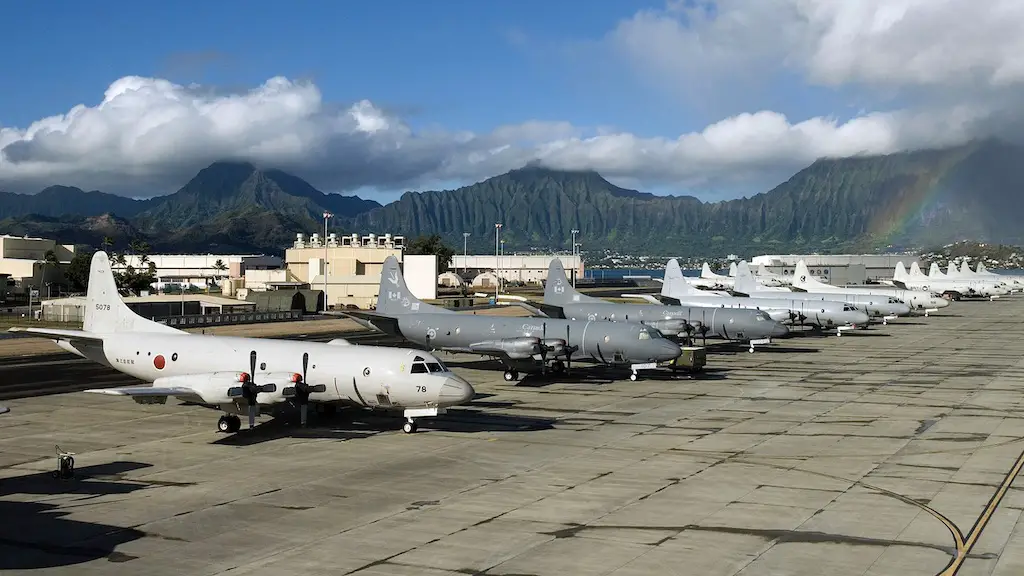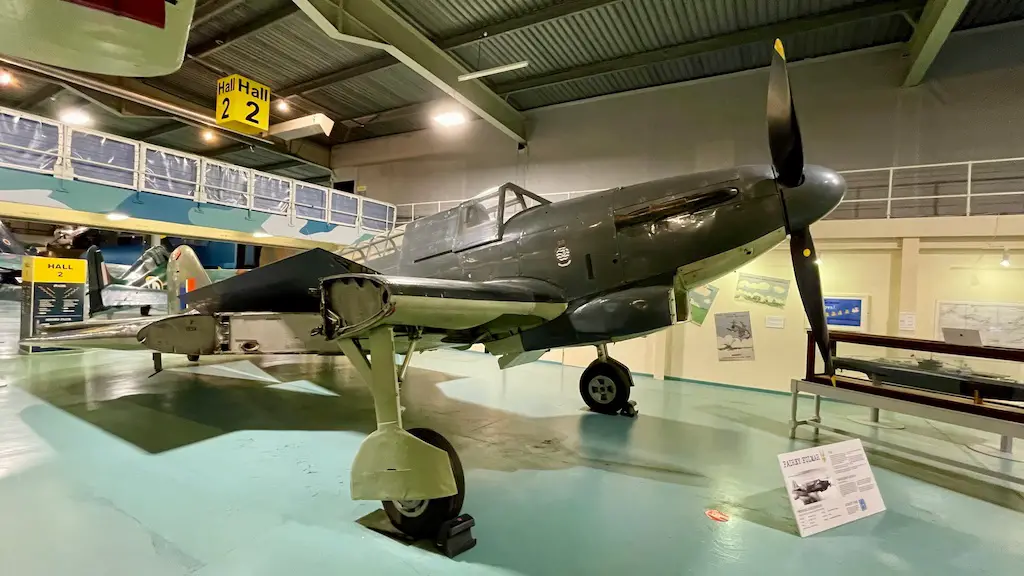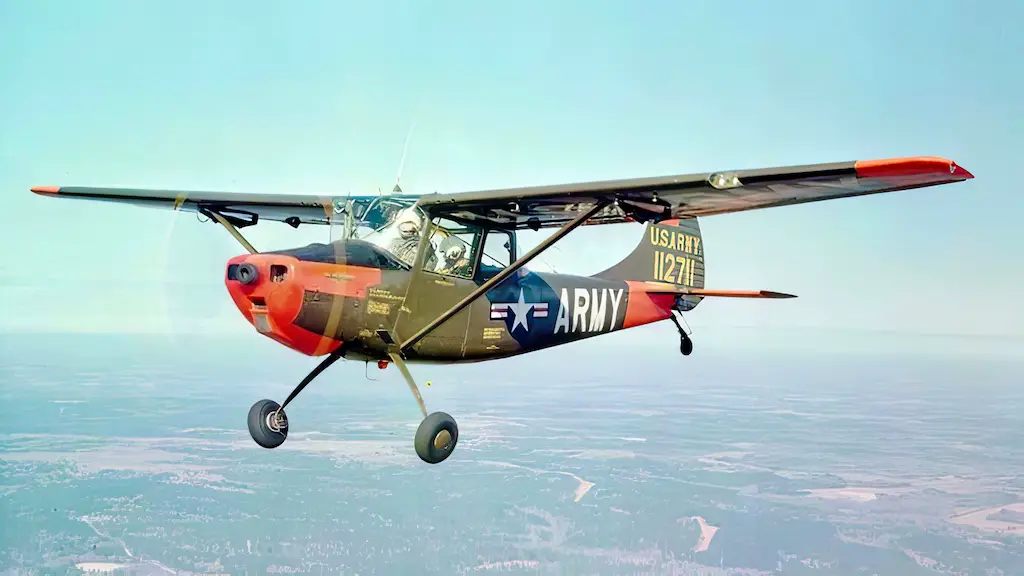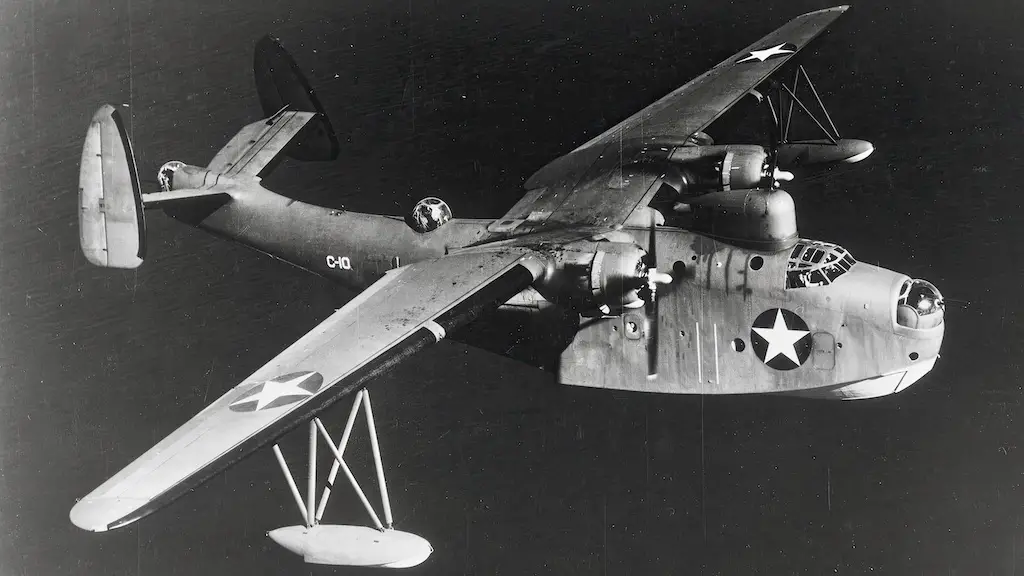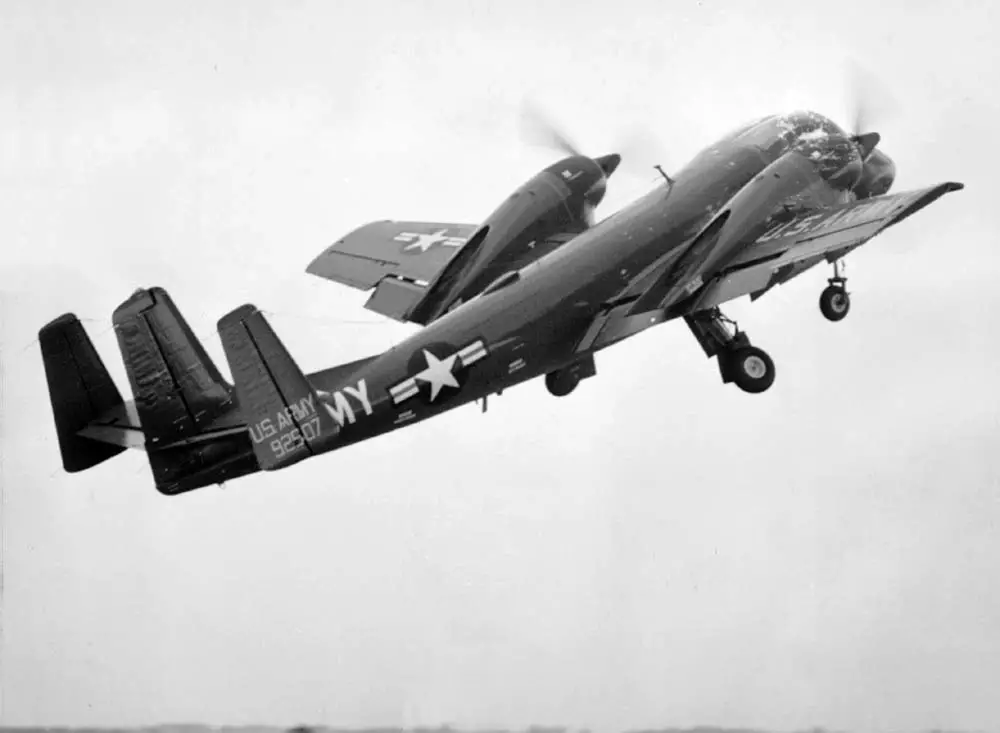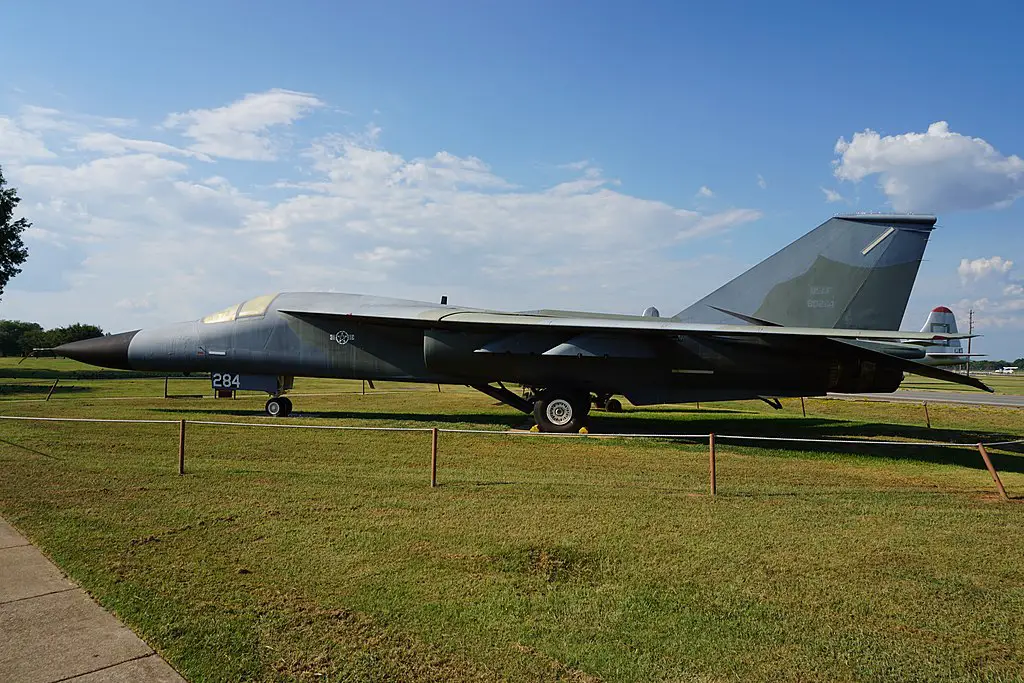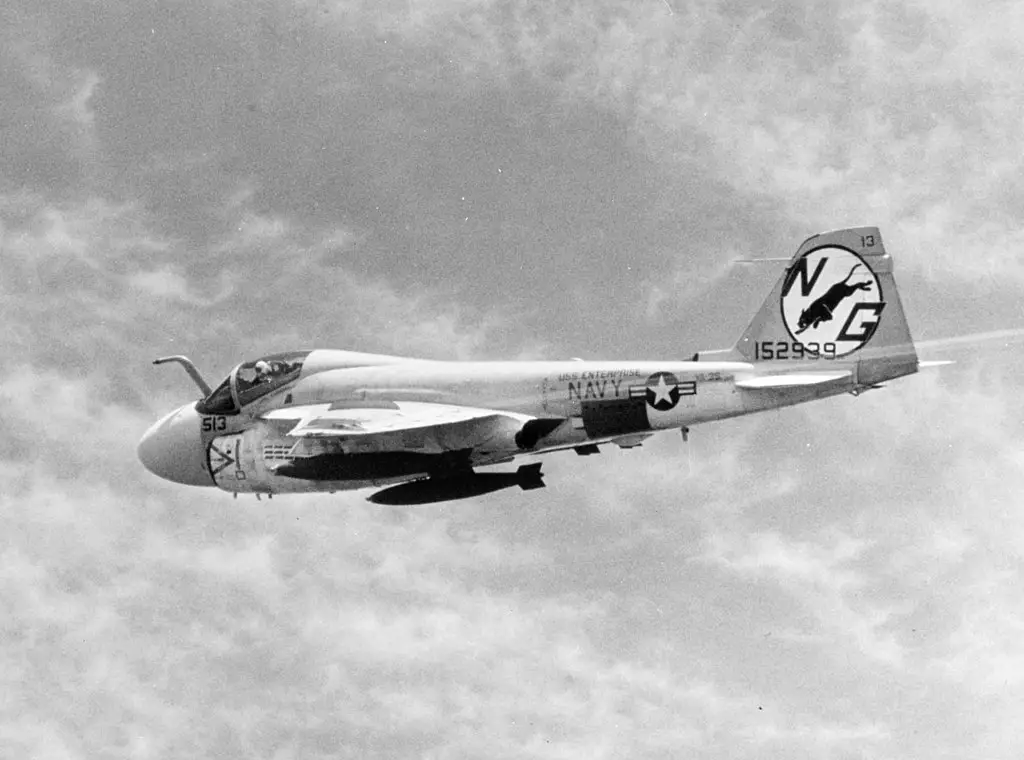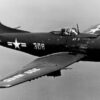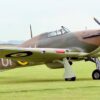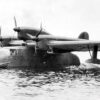United States and Republic of Korea soldiers peer northward from fortified positions south of the zone. Although unlikely, they know that North Korea is always prepared to react to any altercation by launching a military foray into the South, especially in a spot in the defences where they think is weakest.
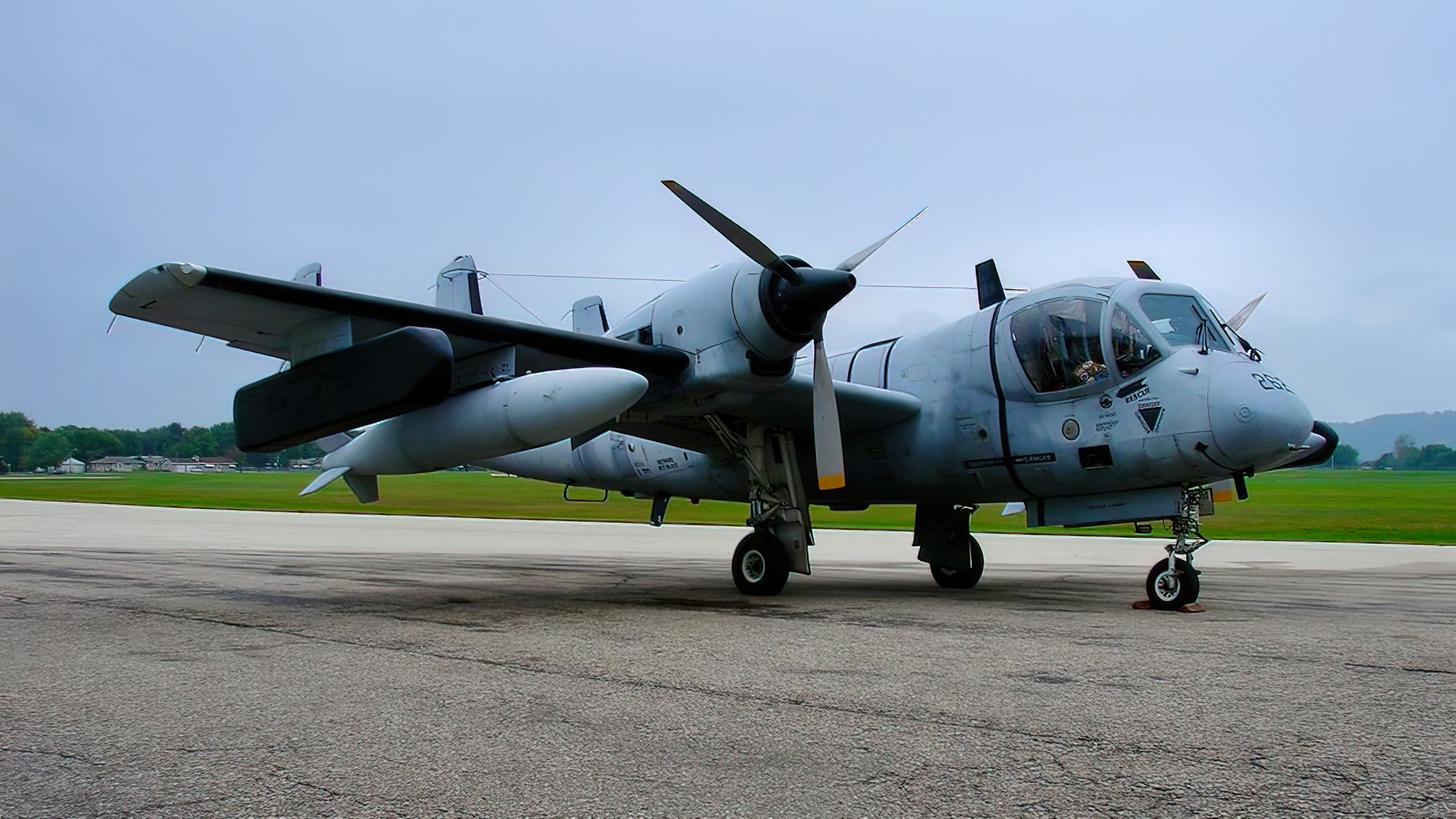
Eye in the Sky
If even one truck were to move anywhere within a vast area to the north, US officers on the ground would know about it within minutes. This powerful vision belongs to a combat-proven airborne radar system mounted on the equally-capable Grumman OV-1 Mohawk.
For decades, US commanders have relied on a set of eyes that look deep into the north from a vantage point high overhead and miles south of the DMZ, essentially over the border without making it obvious. These eyes can instantly spot any vehicle movements and record them on film which is almost instantaneously scanned and relayed to the ground.
If even one truck were to move anywhere within a vast area to the north, US officers on the ground would know about it within minutes. This powerful vision belongs to a combat-proven airborne radar system mounted on the equally-capable Grumman OV-1 Mohawk.
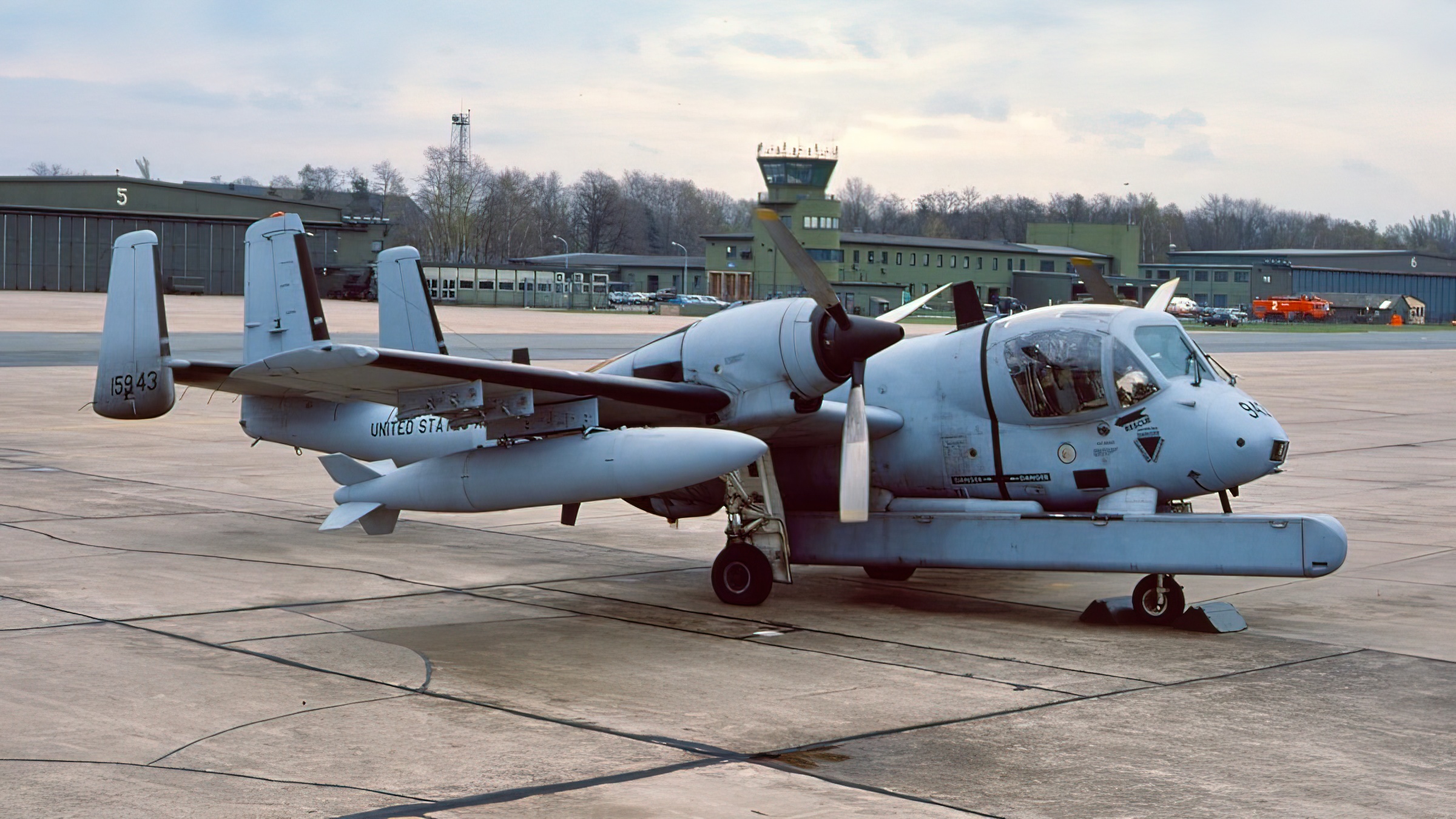
The OV-1 Mohawk is also the only fixed-wing aircraft ever built specifically for the US Army since its separation as a separate service from the Air Force back in 1947. Its last flight and mission over Korea were in September 1996 and it was retired after nearly four decades of operations in two wars over some of the most bitterly contested territories in the world.
Despite its distinguished service record, the Mohawk is largely obscure to the general audience outside of the small communities of men and women who flew, maintained, and cherished the small odd-looking aircraft.
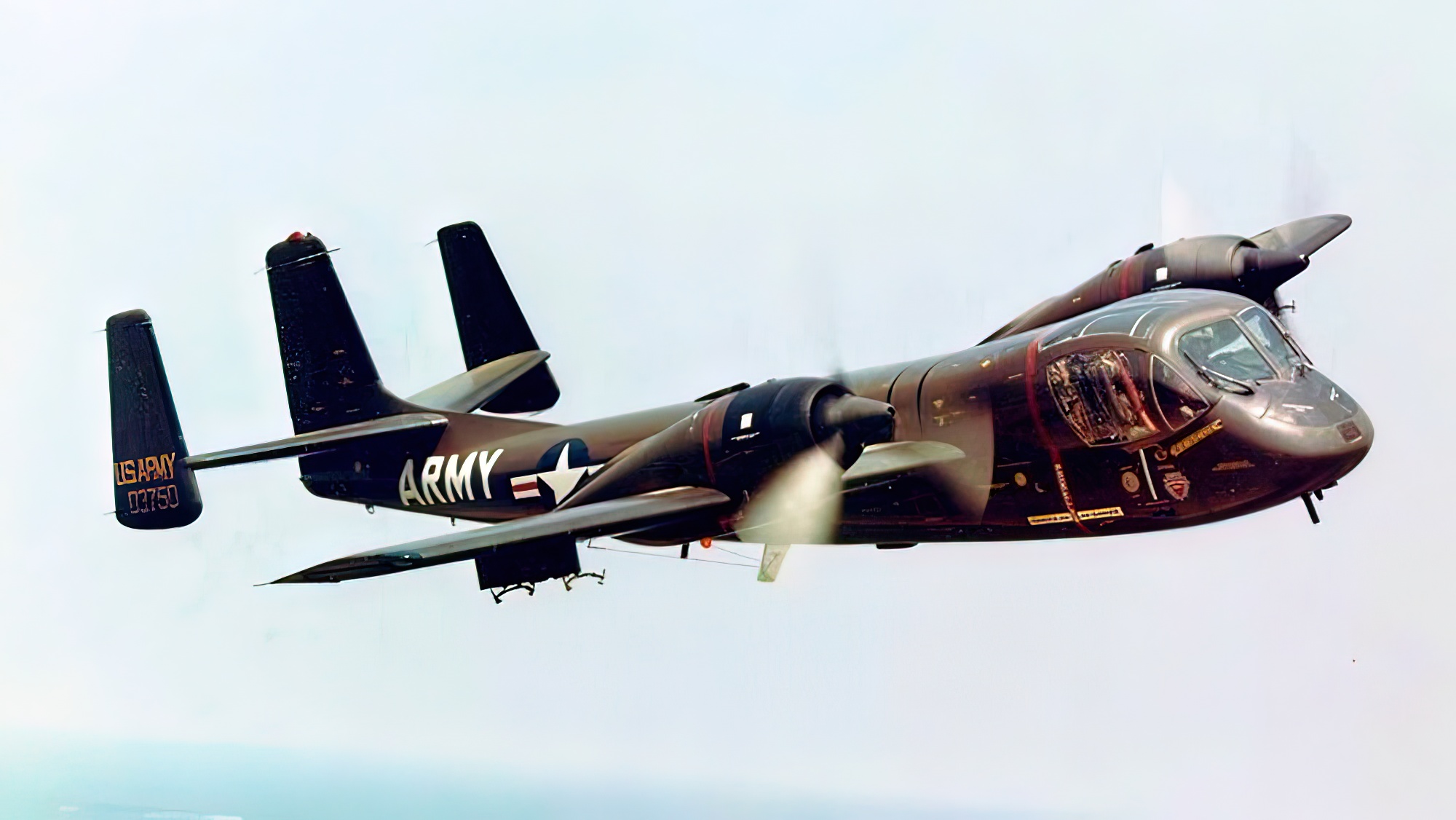
Specifications
The OV-1 was initially designed to meet a joint Marine Corps-Army requirement for a short-takeoff-and-landing battlefield surveillance aircraft as well as to operate close to the front lines in support of unit commanders. However, after the Marines dropped out of the project, development continued solely for the Army.
The first version, designated OV-1A, was configured to provide a platform for photographic and visual reconnaissance. Following the rule of “form follows function”, the OV-1A came out as an aircraft with a large, bulbous cockpit, slender fuselage, and odd triple-tail arrangement. It basically looked like a cross between an aeroplane, a helicopter, and a dragonfly.
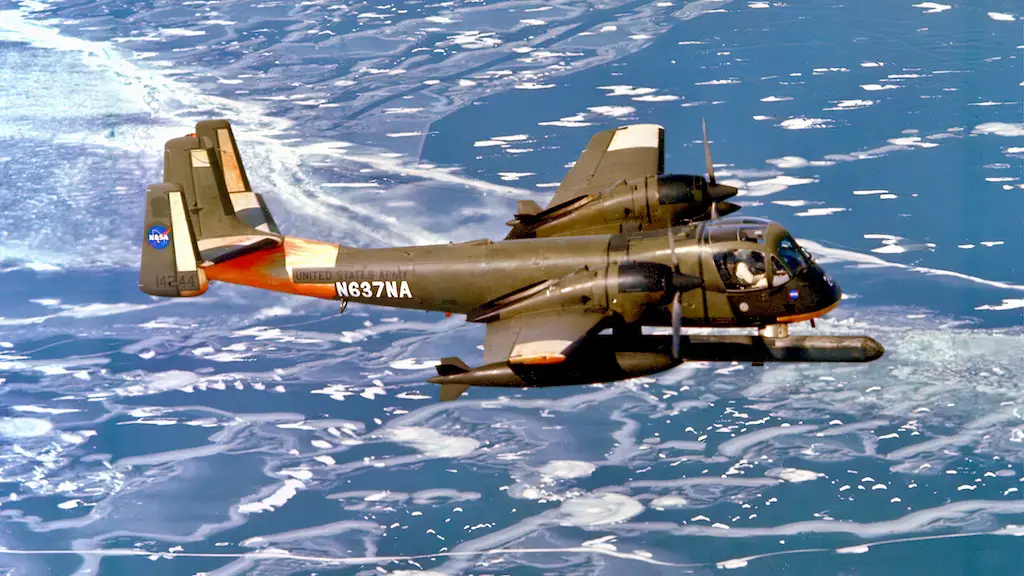
The OV-1’s roomy cockpit featured large, bulging side windows that give the aeroplane an unobstructed view of the ground immediately below. The pilot would sit on the left side, while a technician or observer sat on the right.
Interestingly, unlike other tactical aircraft in which the crew sat side by side, such as the Air Force’s F-111 or the Navy and Marine Corps A-6, right-seaters on the Mohawk were almost always enlisted servicemen rather than officers. Their primary responsibility was to monitor the panoramic camera and surveillance systems while providing another set of eyes to scan the terrain below.
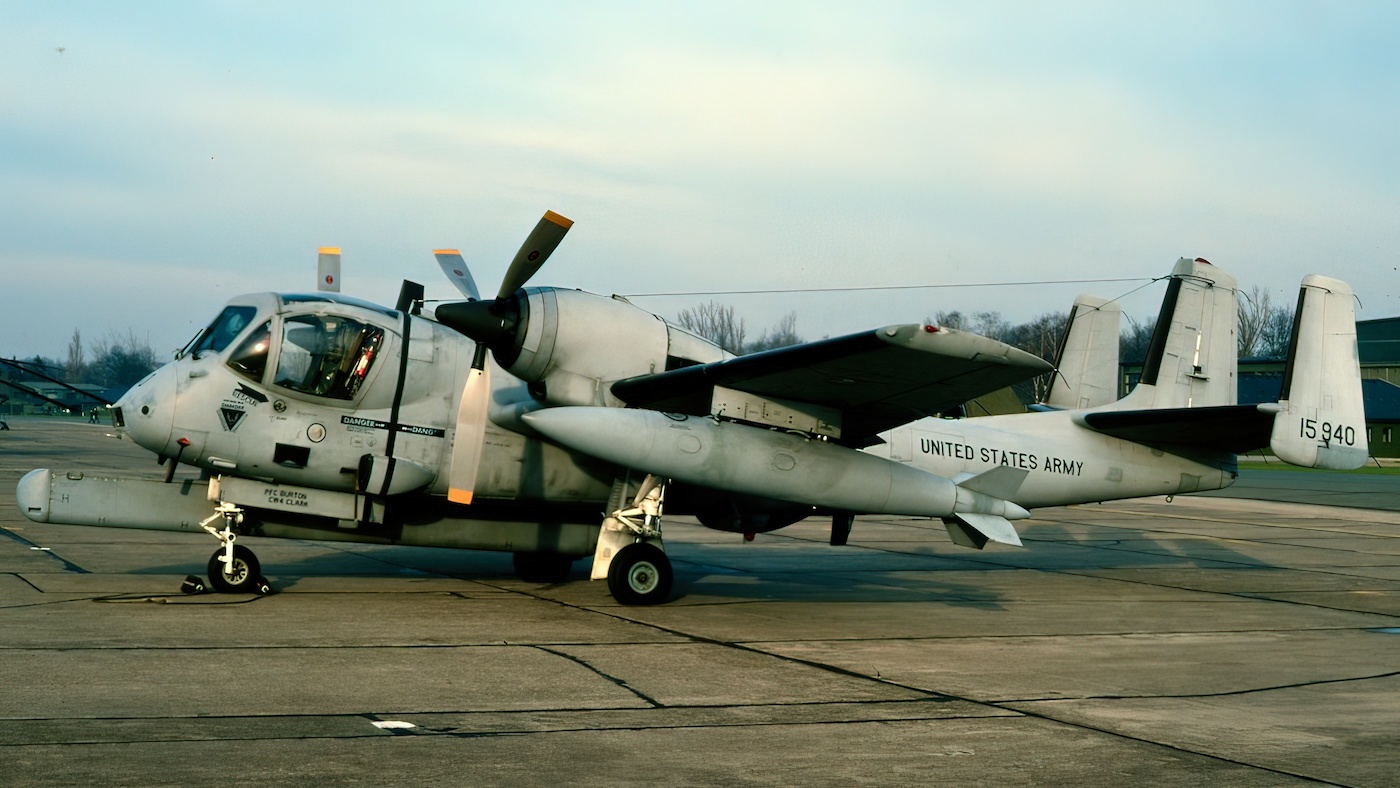
Due Retirement
The reason the OV-1 was retired was that it had been superseded by newer systems, newer aircraft, and most importantly: the evolution of the satellite. Around the period when the Mohawk made its first flight on April 14, 1959, satellites were mostly perceived as symbols of Cold War one-upmanship.
Satellites then developed at such rates that it made little to no sense to risk chartering aerial reconnaissance missions. At least, not when there was a perfectly good unmanned station in space orbiting the planet and capturing high-resolution photographs or live feeds for less the amount of work, costs, and danger.
